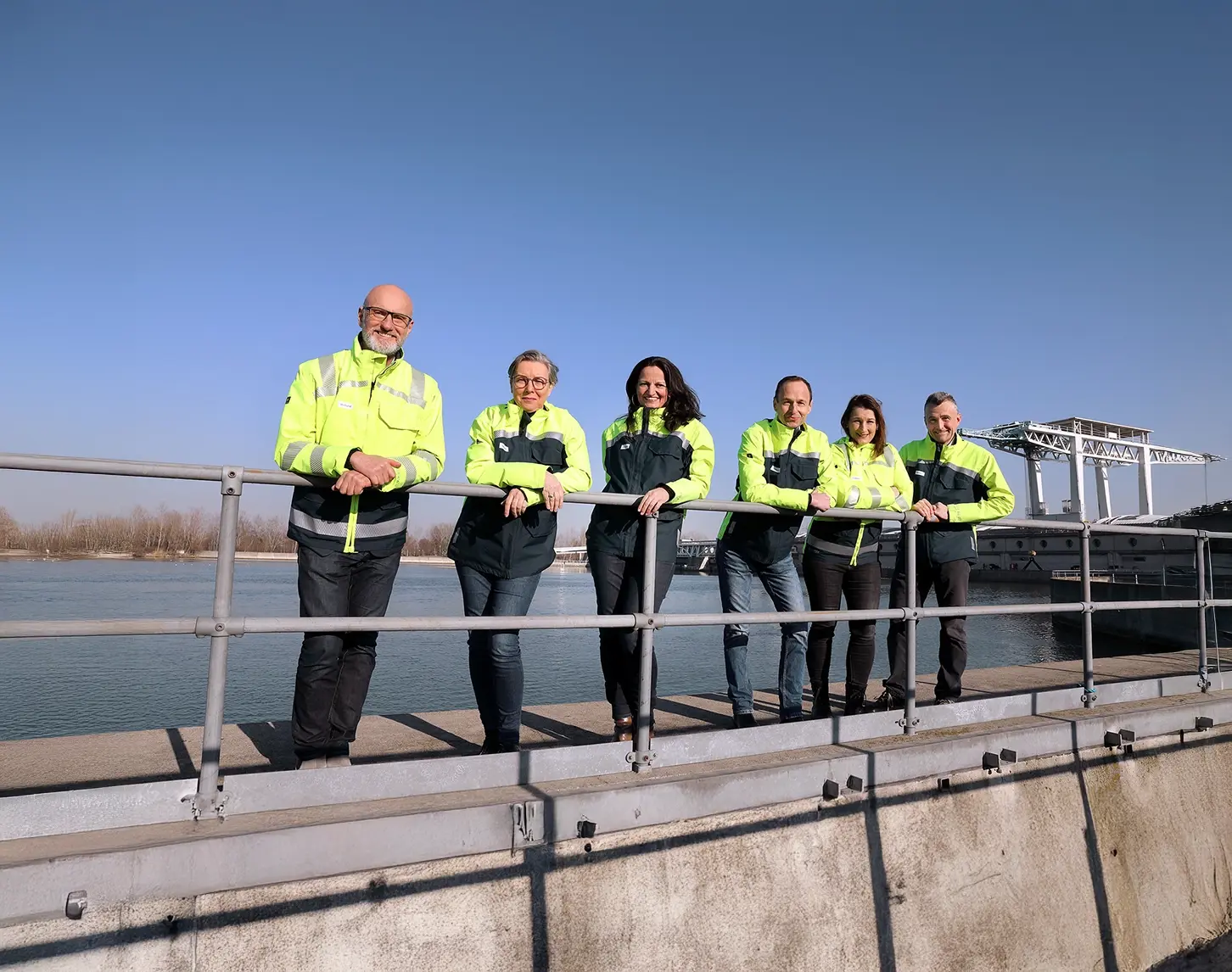VERBUND press contact persons
Our press team is there for you! We answer your regional or topic-specific questions about VERBUND.

Our press team is there for you! We answer your regional or topic-specific questions about VERBUND.

Find out more about our social media channels at VERBUND.
